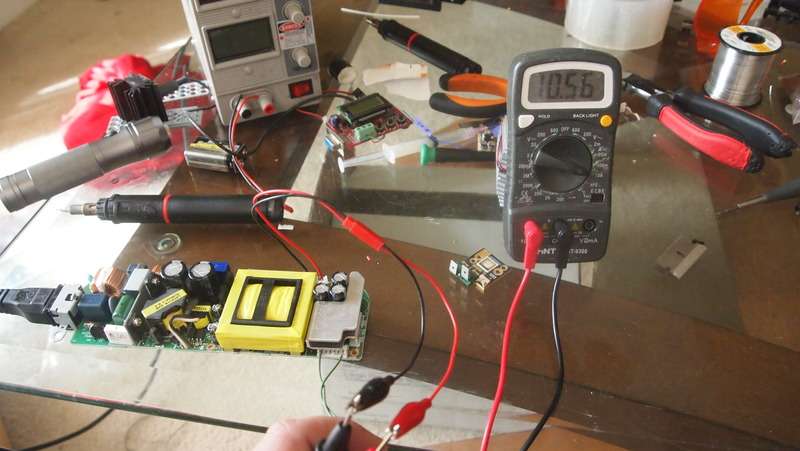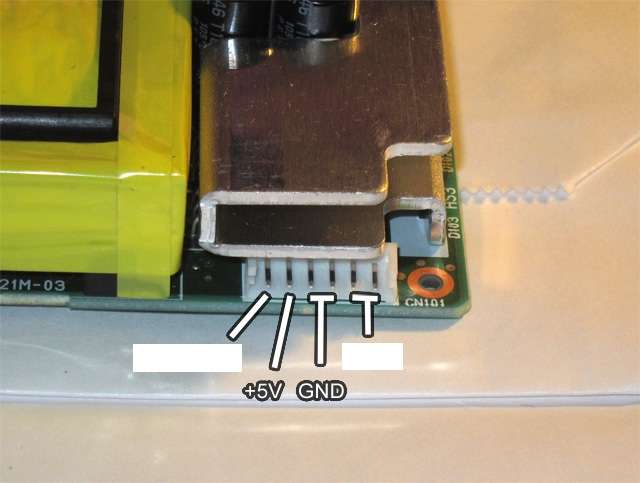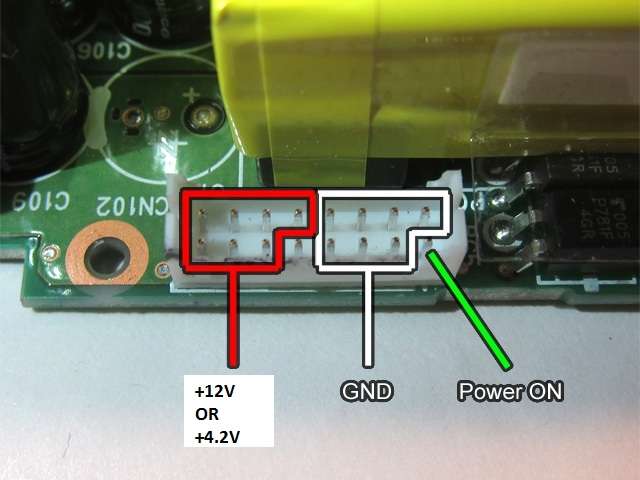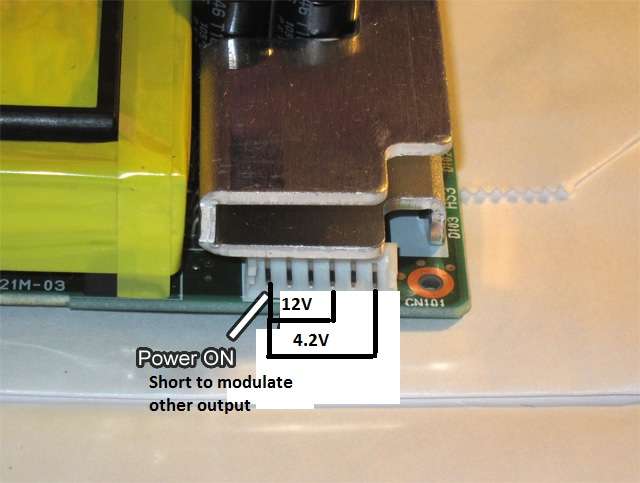qumefox
0
- Joined
- Mar 26, 2010
- Messages
- 3,221
- Points
- 63
Re: Projector Power Supplies
If they're out of the projectors, they run the whole projector, not just the diode array.
The question is, does this board directly power the array, or does it just feed another driver board.. If it's the former, then one of the pins will be a modulation input since the diodes run pulsed in the projectors.
Easiest way to figure out what's what, is to just measure/scope everything with a projector running... That or figure out how to get service documentation.
If they're out of the projectors, they run the whole projector, not just the diode array.
The question is, does this board directly power the array, or does it just feed another driver board.. If it's the former, then one of the pins will be a modulation input since the diodes run pulsed in the projectors.
Easiest way to figure out what's what, is to just measure/scope everything with a projector running... That or figure out how to get service documentation.
Last edited:









